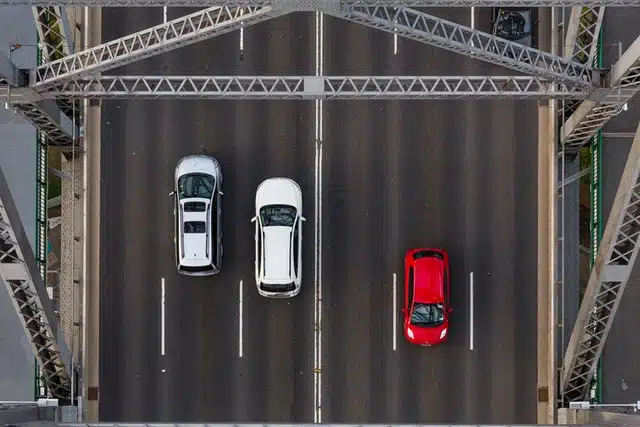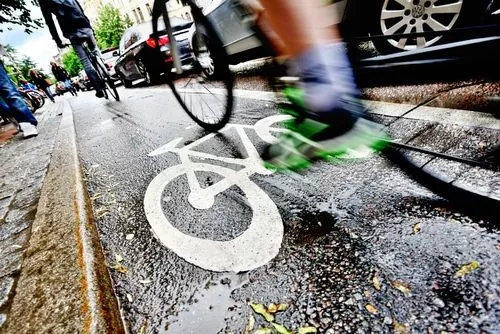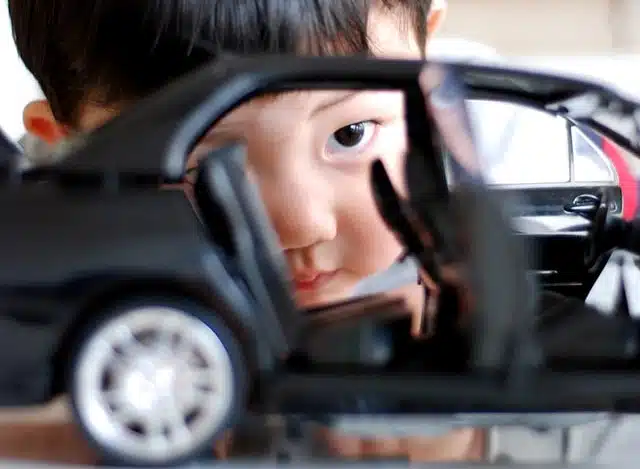Home » Blog » Car » Cars: Understanding Them » Explore 5 Fab New ANCAP Safety Ratings for 2023
Categories
Tags
animal welfare
breed profile
buying a car
buying a pet
Car
car accessories
car care
car features
car insurance
Car safety
car sales
car service
cat
cat behaviour
cat body language
Cat Breeds
cat food
cat insurance
comprehensive car insurance
Dog
Dog Behaviour
dog body language
Dog Breeds
dog food
Dog Insurance
dog training
eco friendly cars
Kitten
New Car
pet accessories
pet activities
Pet Adoption
pet breeders
pet days of the year
pet fun stuff
Pet Health
pet insurance
pet parenting
Pet Safety
pet services
Puppy
rescue pets
road safety
road trip
safe driving
Recent Blog:
Facebook Posts
2 days ago
Growing old sometimes means we can’t take care of pets anymore. Find out some advice on what to do when this happens:![]()
![]() Senior Pet Parents – Contingency Plans for Your Pet – bit.ly/44bzwkS
... See MoreSee Less
Senior Pet Parents – Contingency Plans for Your Pet – bit.ly/44bzwkS
... See MoreSee Less
Senior Pet Parents' Contingency Plans for Pets
www.pd.com.au
Sometimes senior pet parents need more downtime. For older pet owners, this can be tricky to navigate if their dog or cat is full of beans and wants to4 days ago
Before you rev up the engine, let’s run through a checklist of things to do before starting your car. Not only do these steps ensure your safety (and that of others around you), but they also help in maintaining your vehicle's longevity.![]()
![]() Driving Tips: Your Checklist Before Starting Your Car -
... See MoreSee Less
Driving Tips: Your Checklist Before Starting Your Car -
... See MoreSee Less
Driving Tips: Your Checklist Before Starting Your Car
www.pd.com.au
Heading out for a drive? Hold up a second! Whether you're dashing off to work, running errands, or embarking on a road trip adventure, there are a few1 week ago
Are intestinal worms setting up camp in your dog’s gut without paying rent? Here’s how to spot the main culprits and get rid of them too:![]()
![]() Preventing, Identifying and Treating Intestinal Worms in Dogs - bit.ly/43YjCKu
... See MoreSee Less
Preventing, Identifying and Treating Intestinal Worms in Dogs - bit.ly/43YjCKu
... See MoreSee Less
Preventing, Identifying and Treating Intestinal Worms in Dogs
www.pd.com.au
Intestinal worms, such as roundworms in dogs are one of the least glamorous topics on the planet. These intestinal parasites that basically use our dogsIf you’re buying a vehicle, what could be cooler than having a website that gives you a range of filters to help you choose your dream car? ANCAP safety ratings do exactly that – they show the results of safety tests for cars. With several stellar safety options you can toggle, including make and model; it’s like car window shopping made even better.
Recently ANCAP announced that it will be bringing an even wider scope to these ratings around safety tests for cars, starting next year. The Australasian independent voice on vehicle safety just made great even greater. If you haven’t tried out the star rating filter system, just do it. Even if you’re not car shopping it’s so much fun!
“Vehicles, and the safety technologies within them, are continuing to evolve, and our test criteria are too,” Ms Hoorweg said.
– ANCAP Chief Executive Officer, Carla Hoorweg.
Now where were we? Ah yes, let’s take a closer look at how ANCAP is ratcheting up its already impressive car safety ratings. From active to passive safety and the impact ANCAP has on manufacturers, find out here.

What’s new from ANCAP safety ratings?
In breaking news, ANCAP has now launched a refreshed website in Australia and New Zealand giving buyers a whole range of new tools that explore safety tests for cars. This includes new ‘Help Me Choose’ and ‘Search by Brand’ tools.
As of 2023, ANCAP will introduce the following updates to safety ratings:
🚘 1. Motorcycle-detecting technologies for braking and lane support
From 2023 ANCAP will introduce AEB Powered-Two-Wheeler into its testing. This is an autonomous emergency braking system (AEB) that detects and responds to motorcyclists.
The system will assess a vehicle’s ability to brake for motorcycles in several different scenarios. These include motorcycles that are in front of the vehicle (whether moving or stationary), turning in intersections and active lane support systems (LSS) to help prevent side-swipe accidents.
ANCAP safety ratings already assessed AEB for mitigating incidents with other vehicles, cyclists and pedestrians. This new introduction of AEB Powered-Two-Wheeler will be a welcome rating for bike lovers. Dreaming of getting a motorbike? Then read our article on how to get a motorcycle licence.
🚘 2. Pedestrian and cyclist protection
ANCAP safety ratings for ‘pedestrian-friendly’ design are well established, having continually progressed for over two decades now. But as of next year enhancements will include leg form impactor test equipment at a more advanced level.
Test equipment will provide broader insights into potential collision risks to cyclists and pedestrians, including mitigation. This will incorporate an adult leg plus upper body mass.
Collision avoidance testing will also include a vehicle’s capacity to auto-brake in reverse to prevent knocking a child (AEB Backover). Another test feature is AEB Junction, which will protect cyclists approaching from behind, passing an opening door (by delaying it from opening), or crossing the path of a turning car.

🚘 3. AEB head-on and junction crossing avoidance
Head on collisions can be tricky to avoid when cars are moving at high speeds because the collision avoidance system needs to detect the other car from a distance. Vehicles with sensors with a wide field of view help improve this capacity.
AEB head-on and Junction systems performance testing is geared to encourage manufacturers’ improvements to collision avoidance for oncoming vehicles (directly / right-angles).
🚘 4. Child presence detection
New Child Presence Detection (CPD) systems will send a warning if a child is accidentally locked in a car. This warning can happen across a range of methods:
- A visual or audio signal to the car infotainment system (if there’s one)
- The car horn can sound
- A notification can be sent to the driver’s phone via an app
- Emergency services can be alerted via an ‘eCall’
🚘 5. Vehicle submergence escape mechanisms
Vehicle submergence is a new test feature that will be welcomed in case of floods. Cars that are submerged in water – for any number of reasons, whether driving into a lake or being trapped during a flood – can be hard to escape. Electric handles and windows don’t work in water and can trap the occupants of the car.
From next year ANCAP safety ratings will test the capacity of car windows and doors to function manually if a car is submerged. The safety tests will assess how easy it is to exit the car at such a time and/or rescue trapped occupants.
When it rains in Australia, it seriously pours, so be sure to read PD Insurance’s safety tips for driving in wet road conditions. Here’s a news report on recent floods in NSW, something that seems to be increasing in frequency each year:
Two cornerstones of ANCAP safety ratings
ANCAP safety ratings help ensure new cars entering the Australian market and joining our road traffic are competitively safer as time goes by. Vehicle manufacturers are urged through extensive assessments to compete for market share.
“Physical protection in a crash, and the ability to actively avoid a crash are both essential elements to achieve a high ANCAP safety rating, and this approach will continue from 2023.”
– ANCAP Chief Executive Officer, Carla Hoorweg.
In other words, to get a better star rating car makers need to continuously offer more effective safety. That’s good for buyers and for everyone we share the road with. Safety can be looked at from many directions and two ways ANCAP does so are:
- Passive safety. Car design and technology to protect you and your occupants in the case of an accident
- Active safety. Design that actively helps prevent accidents in the first place
As of 31 January 2021 there were 20.1 million registered motor vehicles according to Motor Vehicle Census, Australia. With that many of us zooting passed one another ANCAP safety ratings are a win-win for all road users.
You might also be interested in finding out more about car safety recalls and what they mean.

Tests, scores and ratings
In addition to new safety tests, ANCAP has also upped the maximum number of points across some of its four primary safety categories:
| Category Number | Category Name | 2018 – 2019 | 2020 – 2022 | 2023 – 2024 |
| 1️⃣ | Adult occupant protection | 38 | 38 | 40 |
| 2️⃣ | Child occupant protection | 49 | 49 | 49 |
| 3️⃣ | Vulnerable road user protection | 48 | 54 | 63 |
| 4️⃣ | Safety assist | 13 | 16 | 18 |
Cars are rated on a five star system within each of these four categories and each category has numerous test factors. Thanks to these ratings, anyone saving to buy a new car has better guidelines to make the ideal purchase. Regardless of whether you’re opting for a second hand car or new car these safety ratings can give you priceless data.
Check out this video from ANCAP on the advancements in car safety features testing:
Award winning car insurance from PD
Every day millions of Aussies get behind the wheel of their cars to do their daily commute. This highlights that none of us is alone on the road. Besides other drivers, we share the tar with pedestrians, cyclists and more.
In addition to choosing a safer car another safeguard you can put in place is car insurance. While car safety features have come a long way, accidents can and do still happen. With a car insurance policy, at least you won’t have to pay the full costs out of pocket.
Going with comprehensive car insurance will also help you cover the costs of weather damage, fire and theft (or attempted theft). Check out PD car insurance and click to get a quote below.
Share On:




